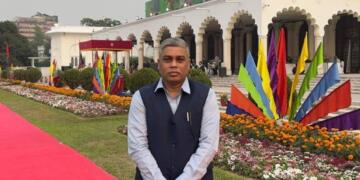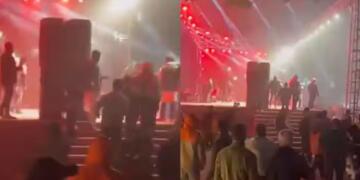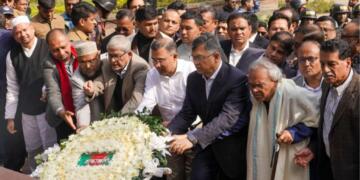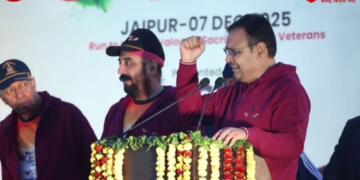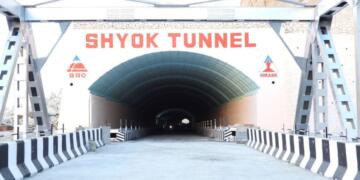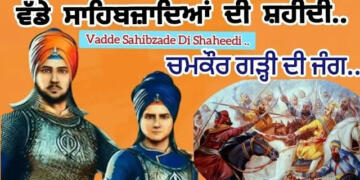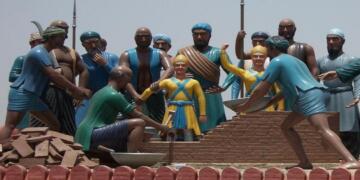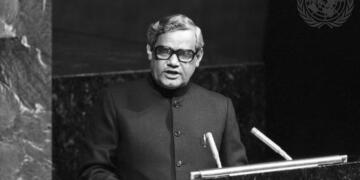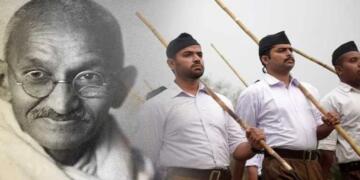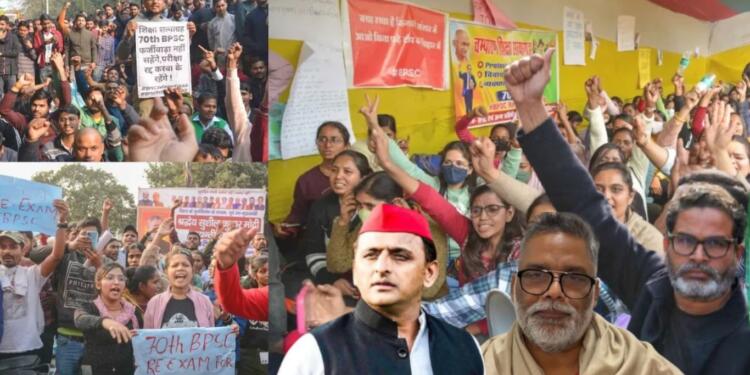Patna’s Gandhi Maidan, a cornerstone of protests from the pre-Independence era to the Emergency, is currently at the center of a student protest. The BPSC aspirants had thronged the iconic site to raise their demand for the cancellation and re-examination of the 70th Combined Preliminary Exam.
The protest started after the question paper was delayed at one center of the examination, causing massive uproar for the cancellation of the entire examination. The protest escalated on December 29 when students, on the call of Jan Suraj Party chief Prashant Kishor, were asked to gather at Gandhi Maidan.
The efforts, which continued for many days, showed results as the government decided to meet a delegation of five students. However, the students pressed that the cancellation of the exam was the bare minimum and unnegotiable. Altercations, lathi charges, and water cannons followed.
According to protesting aspirants, the negotiations were deceptive, and it was actually a political sabotage. Investigating previous protests, their concerns can’t be dismissed altogether.
While Kishor has started his political career based on the politics of students, education, and development, it was a ripe opportunity for him to make inroads with the younger generation.
Among others expressing solidarity are the RJD and people like Pappu Yadav. They essentially derive their ideas from Lalu Yadav, whose biggest contribution to Bihar is claimed to be the fight for social justice.
Often lauded for giving a voice to the have-nots, what Lalu gave them more was a life of savagery. When the domination of upper castes was being challenged in Bihar, Lalu Yadav seized the opportunity to create a facade of a movement and provided a free hand to backward castes in doing tit-for-tat. The result proved disastrous as the backward castes gained control of state resources, thinking it was power, while ignoring the biggest resource of education.
Lalu Yadav, in turn, became a paragon of social justice who ensured power for decades. The marginalization of backward castes, and accordingly Bihar, finds one reason in this too.
The same is happening today as the protests with a thousand young voices are luring politicians, but daunted by the past, the students are finding no one to place their trust in.
So while protests have long been called the essence of democracy that promotes reforms, evidently, the protests in recent times have been hijacked by politicians with no remedies for those who mustered the courage to gather in the streets.
Let’s recall what happened in Delhi this monsoon when three UPSC aspirants died inside the basement of a coaching institute. Agitated by this, the students demanded action and initiated a protest.
As time passed, the list of accused included the owners of the coaching institute, the building, along with a car driver who passed through a waterlogged road in front of the building. The latter’s implication in the case was no less than bizarre. But were they only one at fault? The building in the national capital was approved without proper implementation of guidelines. Moreover, no precautionary measures were taken by the MCD or Delhi government to prevent waterlogging or the choking of drains.
Despite this brazen failure of the administration, MCD chairperson Shelley Oberoi and Delhi Minister Atishi reached the site to express solidarity. The protest was apparently sabotaged, and the real culprits walked away freely. In fact, Atishi got a promotion after that.
Another big protest that brewed this year was in Uttar Pradesh. Ten lakh students who applied for the RO/ARO exam started protesting after the examination schedule was announced. The primary concern of the aspirants revolved around the skepticism regarding the normalization process in shift-wise examinations.
Normalisation or multiple-shift exams are not new for aspirants of competitive examinations. From both sides of the aisle, one can understand that multiple-shift exams are not a necessity but a sort of compulsion as the number of examinees is high and hard to manage in one day, one-shift patterns.
From a reforms perspective, the protest could have set a benchmark if deliberations were pursued. However, opposition parties started capitalizing on it. The government eventually decided to conduct the exam in one shift. Given the resolve of CM Yogi and the state infrastructure, he might pull it off successfully, but the bigger question is what implications it carries for other states like Bihar, where the aspirants are no fewer but the infrastructure would make one shift, one exam unmanageable.
Had there been no attempts at political sabotage, much could have been reaped from the protest for the greater good of the nation.
This political indigestion of protests is not limited to those of students but also others. In UP, there was another protest before the 2022 elections spearheaded by ‘Shiksha Mitras’.
The genesis of the matter tells that the Shikshamitras were regularised at the village level in government teaching jobs, which adversely affected BTC and B.Ed degree holders. This all happened during the reigns of Akhilesh Yadav, his father Mulayam Singh Yadav, and Mayawati.
The court ordered the cancellation of Shikshamitras’ appointments, which triggered massive protests. The government fixed stipends and gave multiple opportunities with weightage in exams to find their way back to jobs. However, protests again came under the radar of politicians who undermined them prior to elections. But soon after the government retained power, the politicians left the Shikshamitras on their own.
Indeed, protests are necessary and have an innate feature to dwarf down the authorities, but politicisation significantly reduces their effectiveness. As seen with today’s protests, higher ends are far from being achieved, and the longevity of protests is only determined by when the government will succumb, not by what could be achieved that would benefit the nation because that’s what protests are about.


